Ultrasonic level sensor
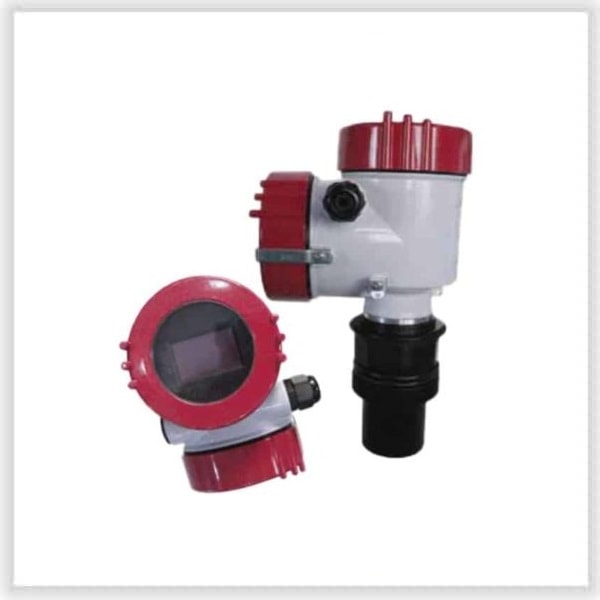
Do you need a device to measure solid and liquid levels?
The ultrasonic level sensor is an excellent choice for your needs. It’s a non-contact level measurement device. So it won’t contaminate your product with dirt or rust. You can use it in rough environments without worrying about corrosion from water and other liquids since it doesn’t require any contact with the surface. There are no moving parts that could get damaged by shock waves.
You can use our sensor to monitor any type of liquid from chemical solutions to water and oil tanks. Our sensors have been designed with excellent standards. They work well even under difficult conditions like high pressure and temperature extremes as well as high humidity levels. They also come with a variety of probes for different applications. Such as liquids, powders, slurries, solids, gases, etc. So you can find out the product upon your specific needs.
Are you looking for a cost-effective level sensor?
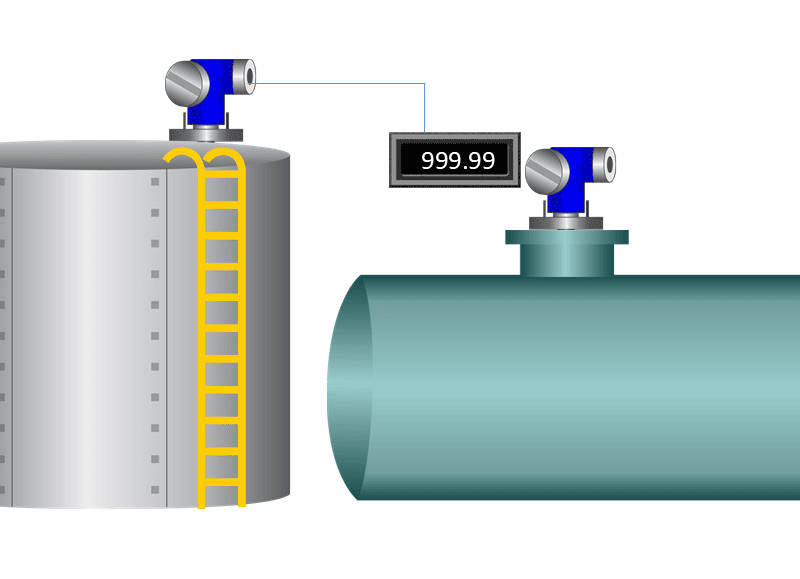
The price of a level monitoring device.
Using expensive equipment to measure liquid levels is not a good option. It is important to take into account the sensor price when purchasing a level measurement device. The liquid level sensor like ultrasonic is an easy-to-use, low-cost solution. That can use in many applications. It has designed to meet the needs of something simple and reliable.
The price of the device varies based on tank dimension, type of medium, ambient temperature, product temperature, pressure, humidity and brand. The intrinsically safe level sensors are highly expensive as it has special safety features. Our sensors come with varying features depending on your needs.
You are in the right place if you are searching for an ultrasonic level transmitter. We have a variety of sensors and we can help you to choose the right one for your application. Our major brands Endress Hauser, ABB, echo pod from flowline, nivelco, etc. We make sure the sensor will help you get the job done right and every time.
I am text block. Click edit button to change this text. Lorem ipsum dolor sit amet, consectetur adipiscing elit. Ut elit tellus, luctus nec ullamcorper mattis, pulvinar dapibus leo.
What are the applications of ultrasonic level transmitter ?
It has a wide range of uses in many different industries. For monitoring the levels of liquids, powders, bulk solids, slurries, and so on. They can use on vessels with capacities from 1 liter up to several thousand cubic meters. They can also use for measuring levels in tanks or vessels that contain corrosive materials. Such as acids, alkalis, etc. There are even some models that can measure solids like coal and grain. The ultrasonic tank level sensor is a very versatile device with a lot of great features. One feature is their ability to work on almost any type of liquid regardless if it’s clear or opaque. Another great feature is their ability to detect when there’s an obstruction present within the material being measured because they use sound waves instead of electromagnetic fields. These types of features make them identical for hazardous environments where safety is concerned.
Industrial fields such as petroleum, chemical engineering, power stations use ultrasonic level transmitters. These sensors are especially suitable for automatic control systems with large-scale process facilities. Besides these applications mentioned above, this product also can apply to other fields like environmental protection monitoring systems.
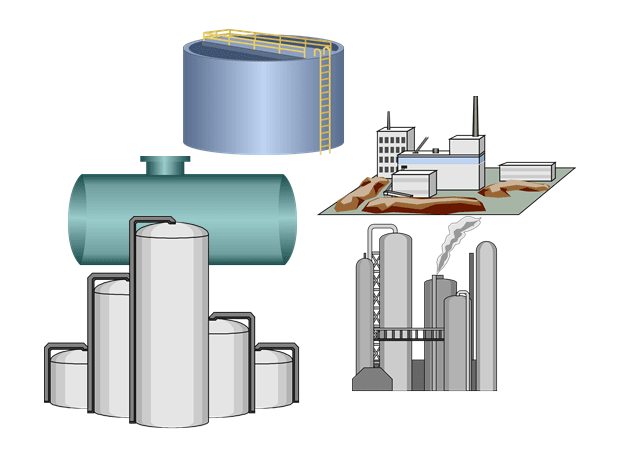
We are the leading level sensor suppliers in uae. If you need help choosing the right product for your application? Then we would like to help you out. We offer free technical support. So feel free to give us a call. One of our experts will assist you. Our goal is customer satisfaction and so don’t hesitate to contact us today.
Advantages and disadvantages of ultrasonic level sensors?
Advantages
- Simple operation and Installation
- Simple construction and design
- Non-contact with processed material
- No moving parts and non-contact measurement
- Continuous water level detection
- Suitable for liquid and some types of solids
- High accuracy and precision.
- Due to the vibrating sensor diaphragm, it has a self-cleaning effect
Disadvantages
- Turbulence and heavy foam present on the surface of the water will affect the readings
- Cost is comparably more than other types of water level sensors
- Difficult to sense the levels at long range
- Not suitable where the vapor or fumes developed from the product.
- Minimum distance needs to keep from tank walls and other objects.
You’re about to install the tank level sensor. Before you start, here are some things you should know.
The installation process is very important for your success and therefore needs careful study before starting. There are several steps must be completed to ensure the proper operation of the device. If these steps aren’t followed exactly as described, it will result in a failed installation and/or poor performance of the product.
Here’s what you need to do…
First, make sure that all connections are secure between the transmitter and receiver units. You need to confirm there are no other devices that block the ultrasonic beam. The blocks inside the walls of containers can affect their measurement. As a solution, you could place a refractor plate in them to deflect false echo inputs. It is also helps improve accuracy when using this system too. You need to make sure not to have any device in front of where you’re measuring with the sensor because it will interfere with measurements.
There are many pitfalls of installing a sensor so close to the wall, as it may pick up false readings from the adhesive materials on the wall. This can be seen in crude oil storage tanks, mud tanks, and cement mixing tanks.
Do you want to know more about the ultrasonic level sensors? Let us tell you what makes our sensors better.
This device is the most popular product for indoor and outdoor tank level monitoring. It can measure from 4 inches to 50 feet distance away using any weather conditions. The sensor also comes with standard automatic temperature compensation technology. So you don’t have to worry about your readings being off due to fluctuations in air or water temperatures.
The programming procedure is quite easy and a time-saving process. These level sensors have many other features. Such as; Easy installation, excessive voltage and current protection, thunder and lightning protection, etc. The electronic display helps to debug and observe to ensure that the wiring never gets loose. It has an intelligent signal treatment. The instrument functions in various kinds of operating occasions. Corrosion-free plastic probes Adaptable to very bad environment.
Where to use ultrasonic level sensor
It can use throughout numerous applications and industries. They use in food and beverage to measure liquid levels in bottles. They can also use for enhancing product efficiency with an automated process.
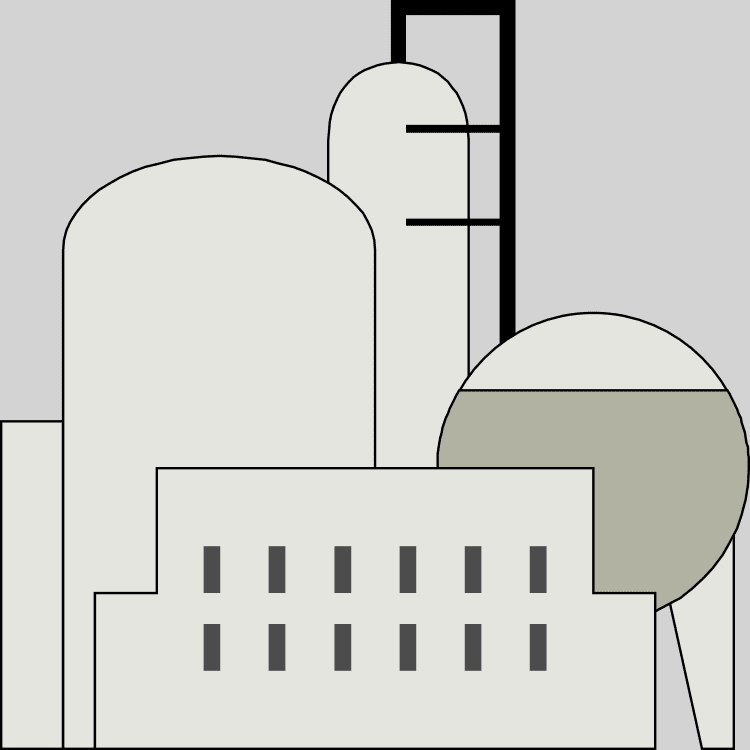
Biologic gas plant
The volume in the biologic gas containers detects by using of an ultrasonic switch. A tarpaulin that stretches over the tank will expand as the gas volume increases. The tank level sensor will mount above the tarpaulin. The decreasing distance between the tarpaulin and itself will measure by the sensor.

Industrial application
In fully automated bottling plants substances fill into various shaped containers. For a smooth process, non-contact level sensors are used.
The beverage industry must control the level of bottles before sealing them. In the sweets industry, it is important to maintain the recipe of the products. This sensor measures the level of both liquid and solid material no matter the color.
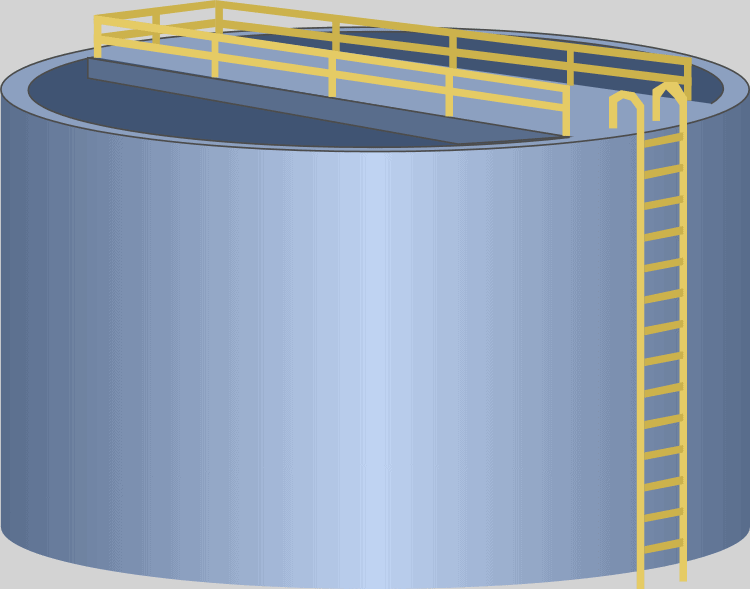
Sewage application
In a sewage treatment plant, it is important to monitor the liquid level of the tank. The sewage water will transfer into the storage tank. The treated water will store in another tank. Both the tank will have an ultrasonic level sensor to control & monitor the process. Thus, can provide the necessary action before running out. Also, to maintain water integrity.

Slurry Applications
Slurry is full of dust particles and material buildups that left on anything. Manual checks of the slurry level is a time-consuming job. This led to many process shutdowns and shortages in supply.
To avoid this problem, uses a non-contact level sensor. The sensor place in the hole at tank top with excess cable. It is easy to lift the sensor from tank, wipe it down the buildup if needed and place back on. This allows for quick cleanups that don’t damage or harm any components in between uses. The continuous level signal sends from the sensor to the monitoring unit.

Fuel application
It is important to provide a generator power supply in a place where there is no electrical power supply available from the grid. The generator is also used as an alternative source in case of power failure.
The generator is getting fuel from a dedicated day tank or in-built base tank. This day tank gets fuel from the bulk tank as an additional backup. A fuel level sensor installs in the day tank & bulk tank provides continuous level monitoring.
Fuel in the day tank can maintain through a PLC controller & HMI. The operator can set day tank levels as low & high in HMI. Whenever day tank reaches low level then transfer pump will start and fill the fuel from bulk tank to day tank. If day tank fuel reaches high level then pump will cut off. Operator also can set an alarm level of Low-low & high-high. All these functions are controlled based on the tank level signals from sensors or float switches. Apart from diesel tank level sensor it use as water tank level sensor in many industries.
Frequently asked questions
What is an ultrasonic level sensor
Ultrasonic level sensors are industrial control devices that use sound waves above 20,000 Hz to measure and calculate the distance from them. In this case, an ultrasonic sensor can detect objects with a precision of up to 25 mm.
How does Ultrasonic level sensor works
An ultrasonic sensor contains a ceramic transducer that vibrates when electrical energy is applied. The vibrations compress and expand air molecules in waves from its face to any object nearby. The sensor sends out waves that are too high for humans to hear. This allows for measuring distance by emitting one sound wave then listening for return echoes off of target objects before retransmitting them.
How does an ultrasonic level transmitter converts signal
These echoes received from an ultrasonic level transmitter converted into electrical signals by transducers attached to receivers. This signal is processed by computer software which calculates volume levels based on time differences between transmitted and received signals. This information can then be used by other control systems, such as PLC and DCS, which will use this data for controlling processes and equipment. The device installs at the top or sidewalls of tanks and it emits sound waves that hit the product. It is also commonly used in robotics applications where they provide accurate measurements of distances between objects without contact.
What conditions affect an ultrasonic level sensor accuracy
Temperature fluctuations may cause errors in measurements due to changes in the speed of sound as well as air currents caused by pneumatic equipment or fans which could disturb path ultrasonic waves causing incorrect location detection.
